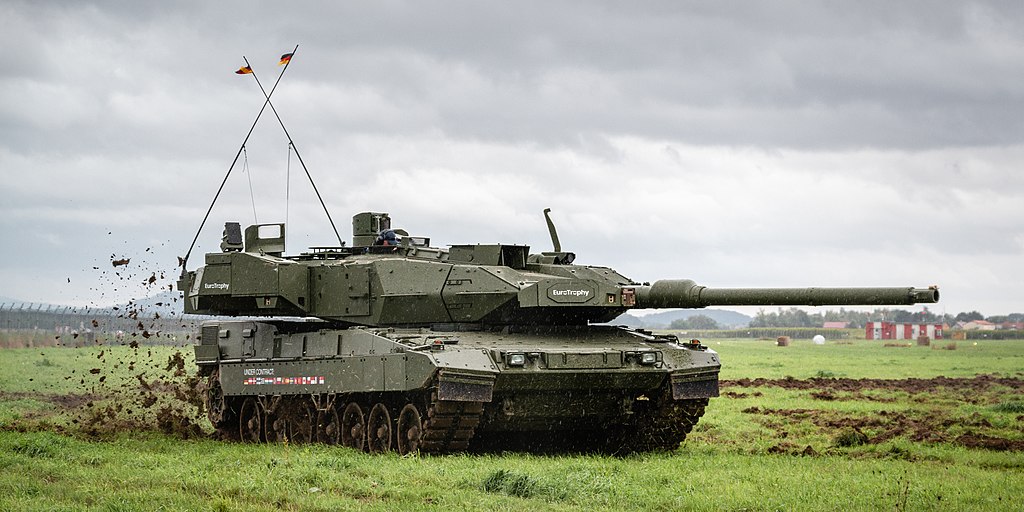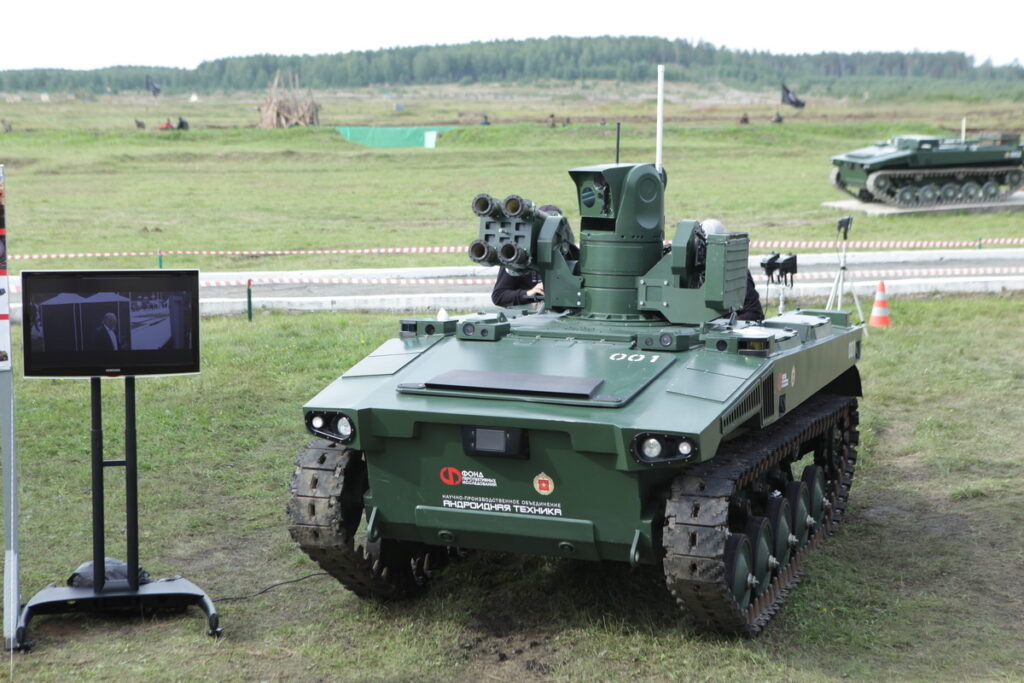
THE RUNDOWN
Today, President Vladimir Putin compared Russia’s invasion of Ukraine to its past struggle against Nazi Germany in a speech commemorating the 80th anniversary of the end of the Battle of Stalingrad. His remarks were preceded by announcements from Germany, the United States, and other allies that they would send tanks to Ukraine.
German Chancellor Olaf Scholz said he would send Leopard 2 tanks, while U.S. President Joe Biden said he would send 31 M1 Abrams tanks to Ukraine. This is a significant change in the administration’s longtime opposition to Kyiv’s requests for the highly advanced but maintenance-intensive equipment. Additionally, the U.S. promised to send Bradley combat vehicles and high-speed armored Strykers, while the French have committed to sending Leclerc people carriers. Sweden, Spain, and other European countries have also promised to provide more armored vehicles.
Following the U.S. and German announcements, Kremlin spokesman Dmitry Pskov stated that “there are constant statements from European capitals and Washington that the sending of various weapons systems to Ukraine, including tanks, in no way signifies the involvement of these countries or the alliance in hostilities in Ukraine.” He commented on the tanks, saying that they “would burn up just like all the others.”
Why are tanks significant?
The geographical terrain between Russia and Ukraine allows both sides to exploit the use of ground vehicles to their advantage. The southern part of Ukraine is flat, making it optimal for tanks. Russia has started constructing rows of trenches and hardened bunkers to halt the Ukrainian offensive in the region. If Ukraine intends to breach Russian defenses and reclaim the land that Russian forces took in the first several weeks of the invasion, the new battle tanks could prove crucial.
Russian Response
During his speech in Volgograd, Putin hinted that he may try to incorporate more unconventional methods in the conflict. “Those who hope to defeat Russia on the battlefield do not understand, it seems, that a modern war with Russia will be very different for them.”
“We are not sending our tanks to their borders, but we have the means to respond,” he said. “It won’t be limited to the use of armored hardware. Everyone must understand this.”
Dimitry Rogozin, former head of the Russian Space Agency, claimed that Russia will deploy “Marker”, an unmanned ground vehicle (UGV), also known as a robotic combat system. The Marker has a tank-like tracked platform that can be fitted with sensors and weaponry, such as a turret with machine guns, anti-tank missiles, and a drone-launching case.

Photo by Mil.ru, via Wikimedia Commons
According to Rogozin, four Marker robotic platforms have arrived in Donbass, and specialists have begun testing war-fighting algorithms within a combat robot group.
Sam Bennett, an adviser with CNA Strategy, commented on Rogozhin’s statements. Previous public tests pitted Markers against tiny UAVs, testing for performance and orientation in a complicated area like a forest, rather than an actual battlefield where the vehicle faces larger, more aggressive threats.
Russia’s deployment of the Marker signifies a big change in battlefield equipment. While they have been using older tanks up to this point, they may also deploy the T-90 and T-14 Armata.
THE TAKEAWAY
The battle tanks that NATO members will send to Ukraine will not immediately help in the conflict. Ukraine will next have to deal with the logistical and operational difficulties of integrating a variety of sophisticated heavy armor into efficient combat units.
The war shows no signs of ending, and the arrival of new defense equipment will likely only prolong the conflict. An internal discussion on providing Ukraine with jet fighters is already under way. This discussion is being driven by Ukrainian authorities with support from hardline Baltic governments.
